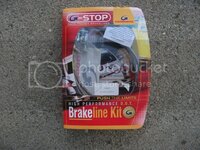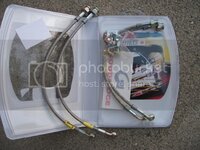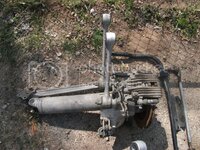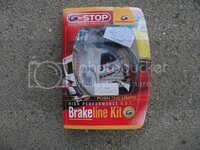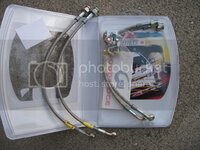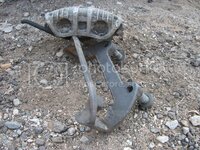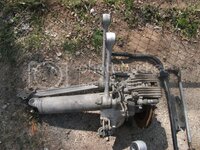I did some searching. There is a SAE paper on it where engineers did some testing.
http://papers.sae.org/2006-01-0691/
Below is someone providing a summary of the findings.
There are many claims as to the benefits of drilled vs slotted rotors on stopping power. This guide is intended to provide some facts about drilled and slotted rotors. As a member of the SAE (Society of Automotive Engineers), I was pleased to see a paper "The Effect of Rotor Crossdrilling on Brake Performance" by two GM engineers published in 2006. They examined three vehicle platforms with cross-drilled rotors vs standard rotors to measure convection cooling capability, fade characteristics, wet braking, pedal feel and lining wear. The result is summarized as follows:
1.For the sports sedan, the coefficient of friction was 21% higher for drilled rotors than standard front rotors at 340F and higher using 15 brake snubs at 62mph. The track simulated 124 mph fade test showed 37% better brake output for drilled rotors. The drilled rotor brake temperature was about 150 degrees cooler.
2.For the performance car, the coefficient of friction was significantly higher for drilled rotors especially at high temperature.
3.Wet braking at high pedal pressure was the same for drilled or standard rotors. Wet braking is not significantly improved by drilled rotors.
4.Pedal force was much more consistent with drilled rotors over the brake temperature range. That is, to stop at the same deceleration rate, the driver does not need to modulate pedal pressure based on different brake temperatures. This reduces driver fatigue and improves brake response.
The authors also reported that drilled rotors prevent pad resin glazing on the rotor. So we now have solid evidence that drilled rotors have benefits over standard rotors. However, I have not found any published paper to show how slots affect brake output. So I reviewed inertial dynamometer tests using ISO NWI 26867 from Link Testing in Detroit with slotted rotors vs standard rotors. The results showed no significant difference in the coefficient of friction during the fade sections, hot stop section or pedal sensitivity portion of the test. My hypothesis is that slotted rotors do not contribute to rotor cooling whereas drilled rotors improve convection heat transfer to cool rotors and reduce brake fade. I should also point out that the pad lining wear for the slotted rotor was very severe during the test, i.e. the pad was chewed up over 20% more than the lining with stock rotors. While I believe that slots will help remove gas and debri from under the pad, I am not sure that this has a significant effect on brake torque for normal street driving. Perhaps the effect of slotted rotors is more significant on the race track, and conversely, I believe that drilled rotors are better for street and highway driving. For most drivers, I recommend drilled rotors over slotted rotors, and this conclusion is supported by the fact that Corvette, Ford GT, Porsche, Mercedes and BMW come with OEM drilled rotors. Brakemotive store

